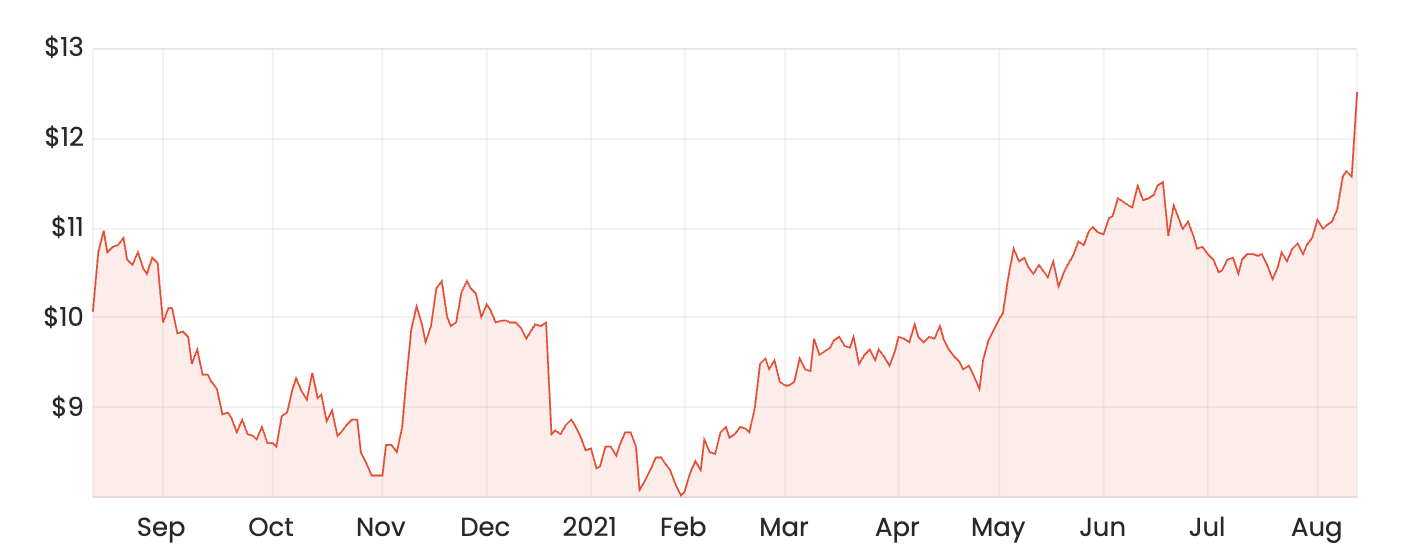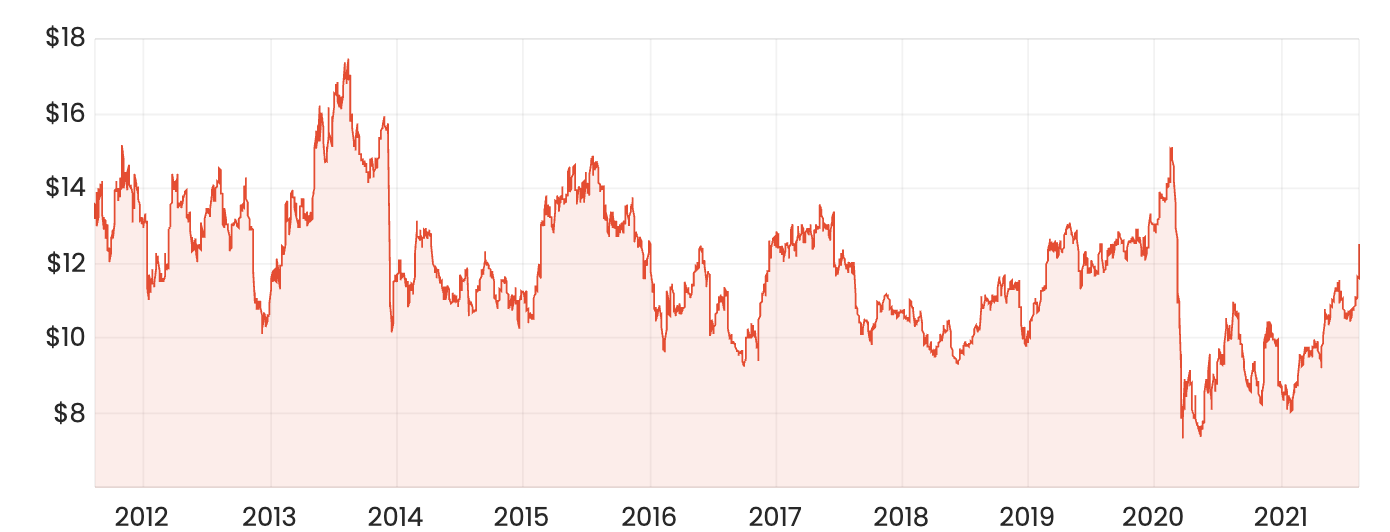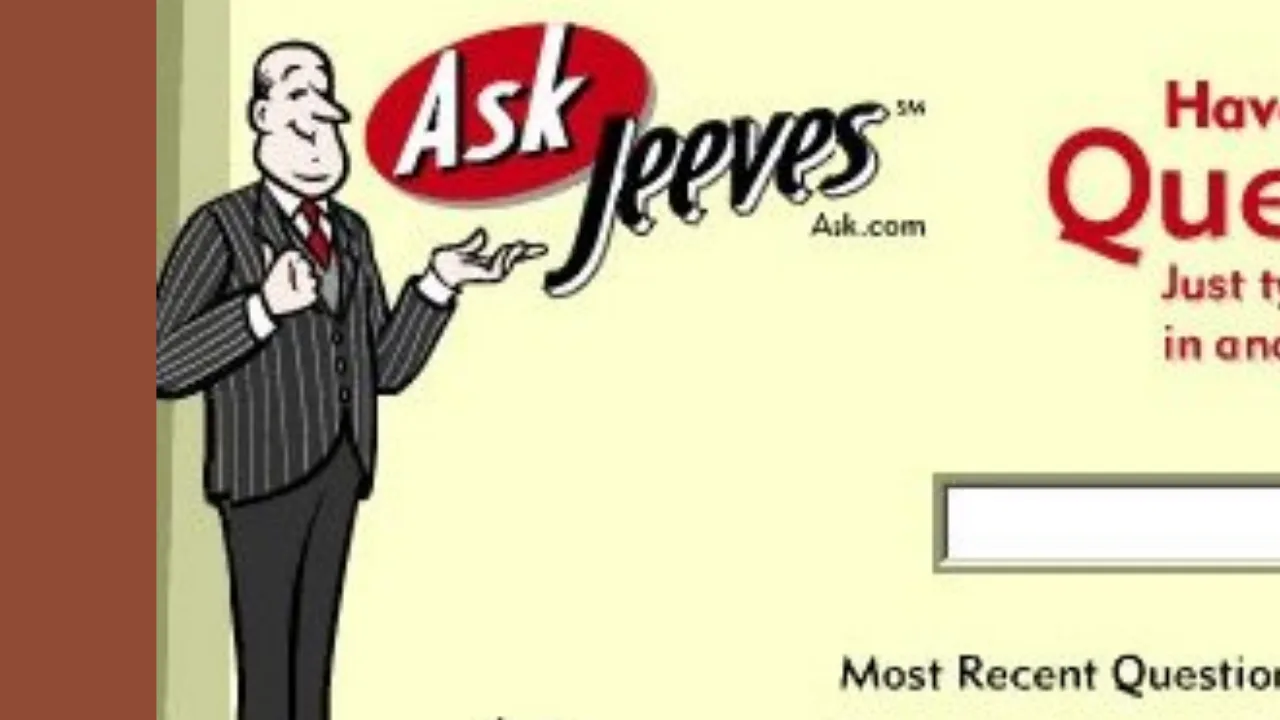The QBE Insurance Group Ltd (ASX: QBE) share price shot 8% higher today following the release of its 2021 half-year report. Before we get to the report, the recent 12-month QBE share price chart is probably enough to get your heart racing…

Looks like a good thing, right?
However, let’s zoom out a bit, to 10 years, aligning the chart with the perspective of a long-term investor.

It appears that QBE shares could have been a short term investor’s delight but a long term investor’s misery. Its share price looks like a rubber ball bouncing down a hill.
(Can you tell that I previously owned warrants on QBE shares?)
Okay, let’s move on. Please note that all of my reporting, below, is in USD unless otherwise noted.
QBE’s report – highlights
- Gross written premium was up 20% to $10.2 billion
- Revenue was up 14% to $9.13 billion
- The average price increase on premiums was 9.7%
- A net profit of $441 million was declared, up from a loss of $712 million
- QBE’s combined operating ratio was 93.3%, an improvement from the 103.4% reported this time a year ago
- A 10% franked 11 cents per share dividend was declared, up from 4 cents last year (click this link to use our franking credits calculator)
QBE’s prior period profit was impacted by losses associated with COVID. Hence, the dramatic turnaround in the bottom line.
It was pleasing to see the company’s operating ratio was 93.3%. Why does this matter? This ratio tells you that QBE made a profit on its insurance operations, like underwriting policies and investing. If the number is over 100%, as it was last year, it means its risk outweighed the cost of doing business, basically.
Catastrophe claims came in at just 7% of net earned premium during the period, or $462 million, which was up from $308 million for the prior period and 1.6% above the already increased allowance.
Here’s what the company wrote: “Catastrophe costs were dominated by winter storm Uri in Texas, widespread flooding on the east coast of Australia and Cyclone Seroja in Western Australia.”
Investment gains on the ‘float’, or the money that’s paid to QBE for insurance cover, returned $58 million to the company’s coffers. This compared to a loss of $90 million in the prior period.
What does that mean? This $58 million is the gain on money that’s paid to QBE by policyholders, which QBE thens invest according to its investment and business objectives. This is sometimes called ‘free float’ because a good insurance business can use this money to invest in things that make a return for its business over the long run, but its called ‘free‘ float because this money previously came from customers who pay money for insurance cover. Great insurance companies do this really well.
The company explained its investment performance as follows:
“A modestly short tactical duration stance, coupled with narrower credit spreads and healthy returns on growth assets, more than offset the negative mark-to-market impact of higher risk-free rates on our fixed income portfolio.”
I’m guessing that means credit spreads narrowed (which pushes up bond prices) and rebounding stock markets helped its investment team perform well — compared to the turbulent markets last year.
Takeaway
For investors, investing in general insurance businesses can seem like riding a rollercoaster with an axe swinging over your head. Much like the Scooby Do ride at Warners Bro’s Movie World on the Gold Coast you never know what’s about to come next.
From my research, the only two insurers that now appeal to me are Berkshire Hathaway Ltd (NYSE: BRK), run by Warren Buffett, and Markel Corp (NYSE: MKL) — a ‘mini Berkshire’, with investing led by Tom Gayner.
That said, maybe QBE can finally turn this juggernaut around? It seems like its going in the direction.
But the truth is I really can’t tell you for sure. In any case, maybe it’s worth thinking about whether QBE sits within (or outside) your circle of competence, and then compare it to its peers such as Suncorp Group Ltd (ASX: SUN) or Insurance Australia Group Ltd (ASX: IAG). We’ve covered both of these companies’ recent reports here on Rask Media (in a much better way than I covered QBE):










